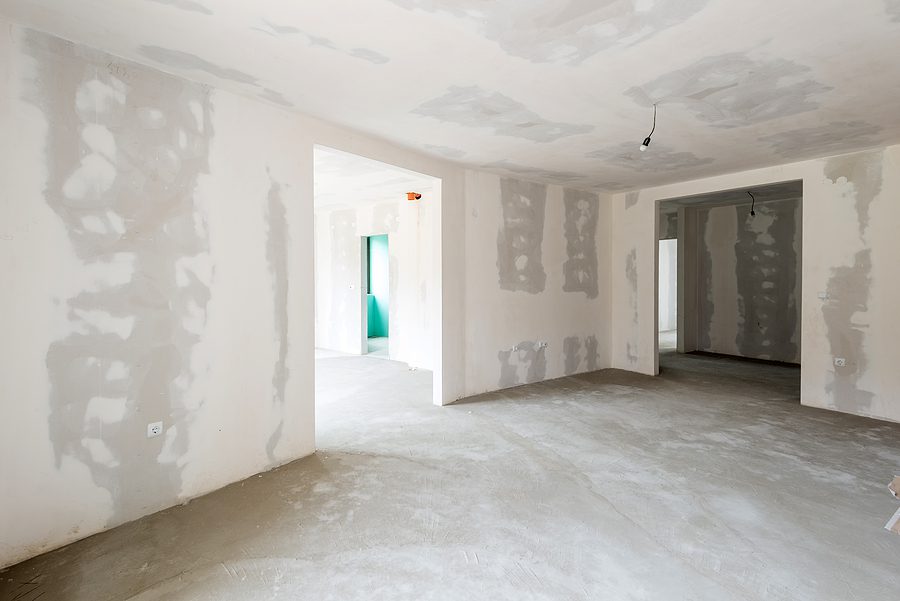Maximizing Your Leasehold Budget
with Turner Tenant ServicesTo enhance the effectiveness of your leasehold improvements, it’s essential to focus on three core areas: strategic alignment, conducting a thorough cost-benefit analysis, and understanding the tax implications involved. For example, retail businesses should prioritize leasehold improvements that directly elevate the customer experience, reinforce the brand image, and positively impact sales performance. This approach ensures that your investment not only aligns with your business strategy but also delivers tangible benefits while optimizing potential tax advantages..
Elevating Leasehold Budget Management with Turner Tenant Services
Leasehold budgets are meticulously planned financial outlines designed for the management and improvement of leased properties. These budgets are essential for both tenants and property managers as they govern the allocation of funds towards enhancements, repairs, and general upkeep of the property, ensuring it remains functional and appealing over the lease term.
- For tenants, a well-structured leasehold budget allows for the customization of the leased space to fit their specific business needs or personal preferences without compromising financial stability. It helps in forecasting and managing costs associated with leasehold improvements, maintenance, and any unforeseen expenses, ensuring that the investment in the leased property is both strategic and beneficial.
- Property managers, on the other hand, rely on leasehold budgets to maintain the property’s value and attractiveness to current and prospective tenants. By strategically planning and allocating funds, property managers can address necessary repairs, comply with regulations, and make improvements that enhance the property’s functionality and aesthetic appeal.
Ultimately, leasehold budgets serve as a critical tool for financial planning and decision-making, enabling both tenants and property managers to maximize the value and utility of the leased property while ensuring financial discipline and efficiency

